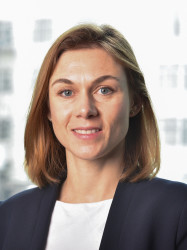BibTex format
@article{Farooq:2020:10.1103/physreve.102.043106,
author = {Farooq, U and Stafford, J and Petit, C and Matar, OK},
doi = {10.1103/physreve.102.043106},
journal = {Physical Review E},
pages = {043106 1--043106 13},
title = {Numerical simulations of a falling film on the inner surface of a rotating cylinder},
url = {http://dx.doi.org/10.1103/physreve.102.043106},
volume = {102},
year = {2020}
}

